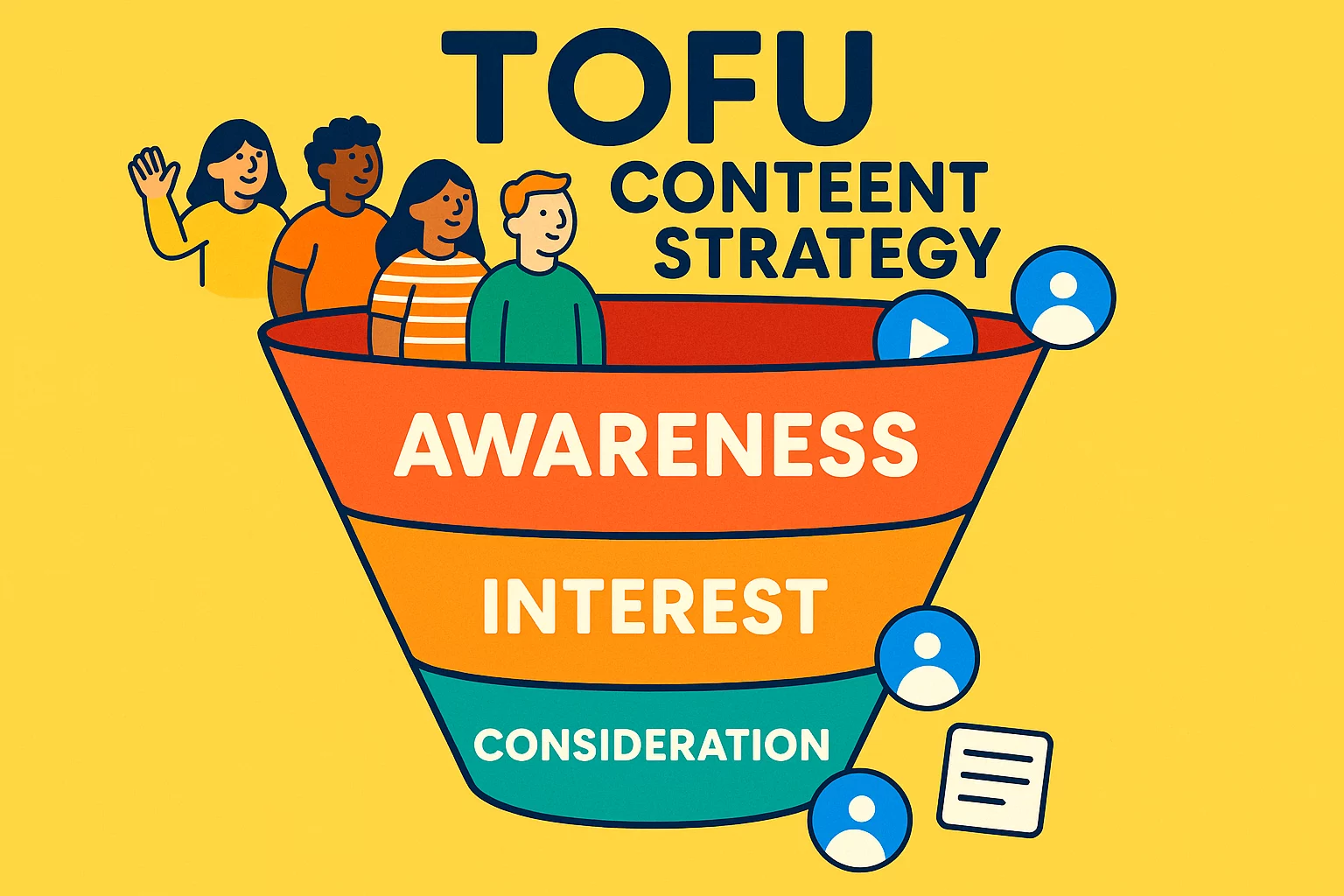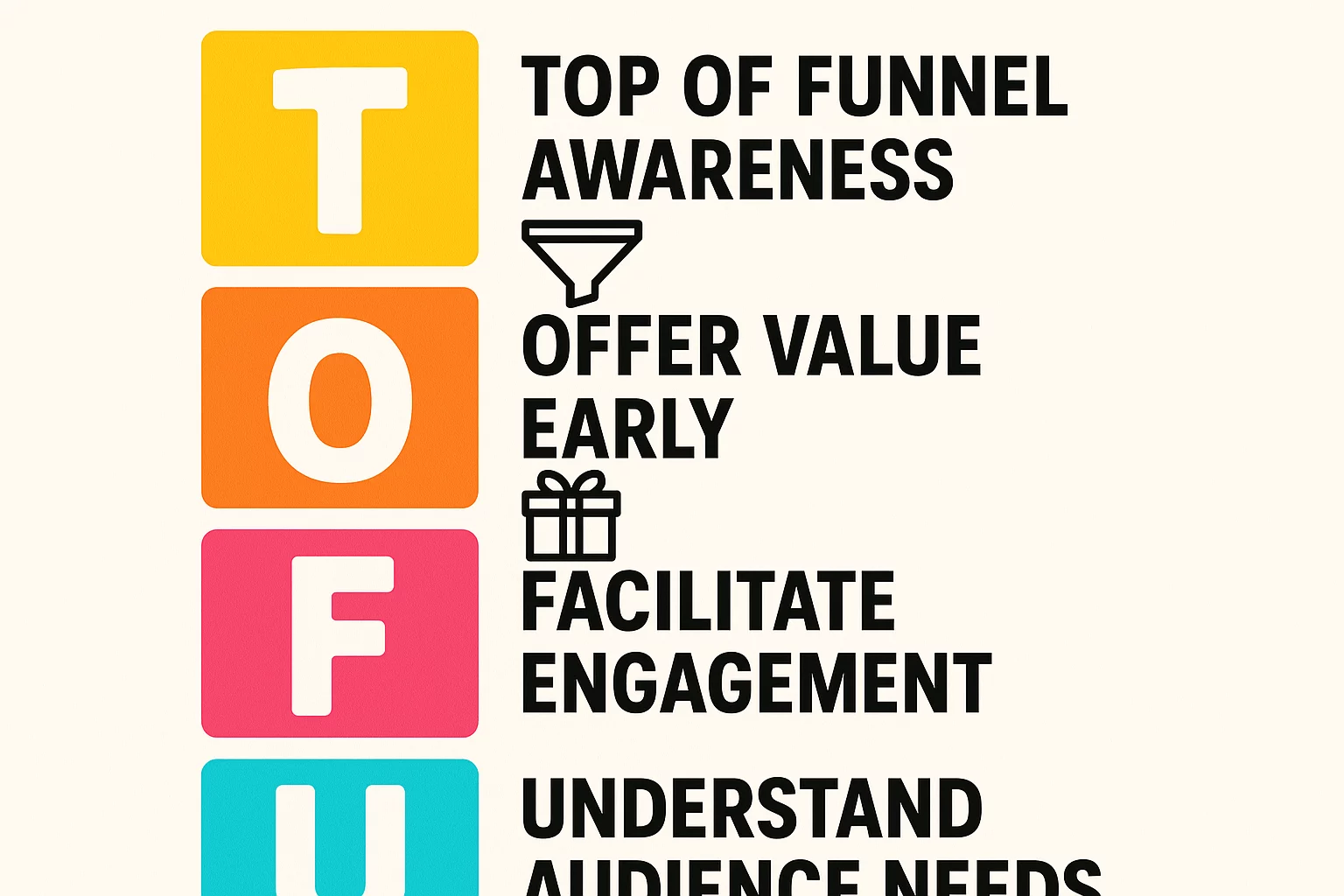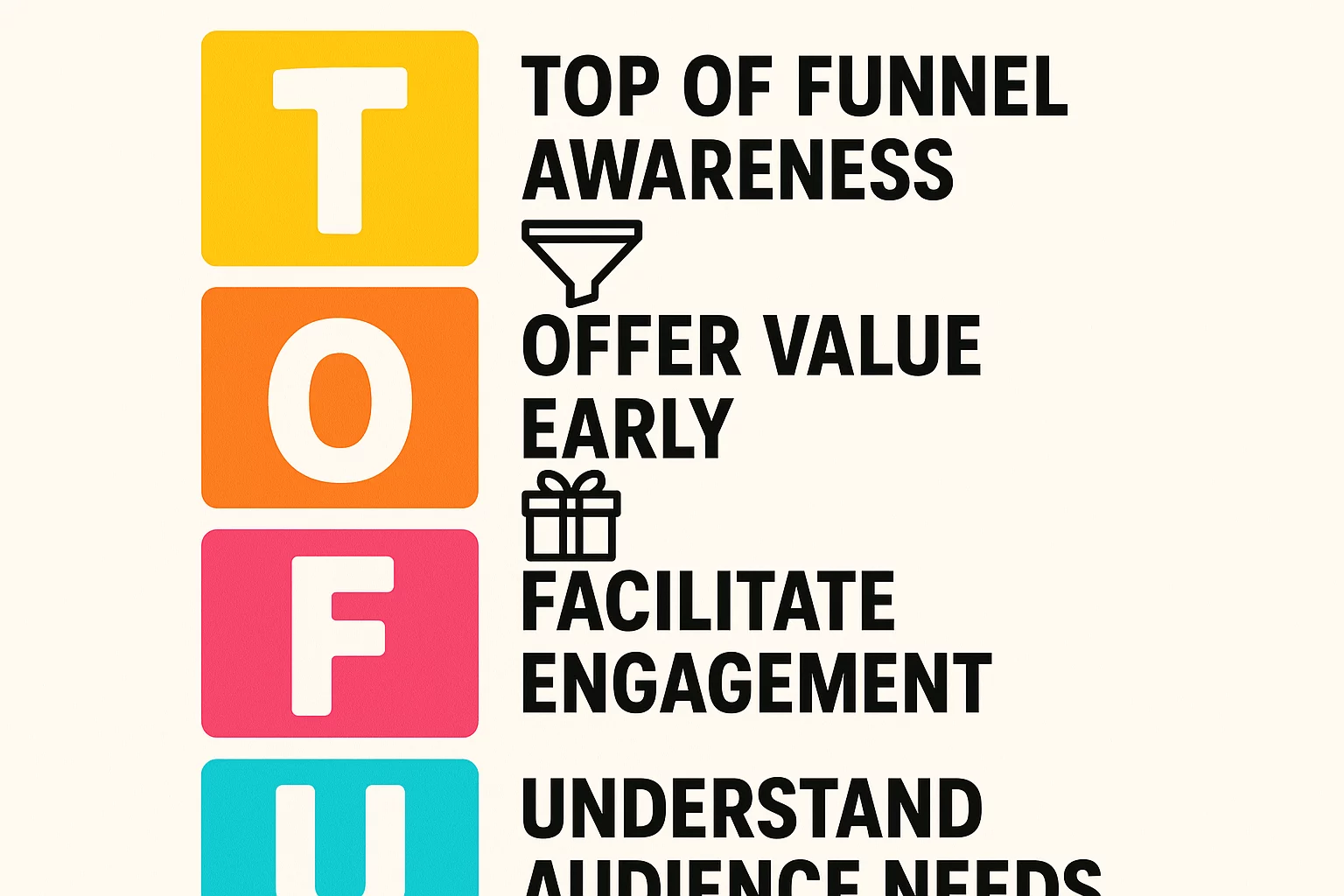Many successful ventures begin not with a single, massive leap, but with a series of deliberate, intelligent steps. The ambition to build a 500 MW solar module gigafactory is a powerful one, yet the prospect of an enormous upfront investment can be daunting.
What if there were a more prudent path—a way to build your vision piece by piece, de-risking the investment while gathering momentum?
That path is a phased rollout. By starting with a smaller pilot line and strategically expanding, you can build a resilient, profitable business on a foundation of real-world data and market experience. This article provides a clear financial framework for this journey, showing you how to model your investment from a 50 MW launchpad to a 500 MW market leader.
Why a Phased Approach Is the Smartest Path to Growth
In an industry shaped by factors like global polysilicon price volatility and evolving government policies, a ‘go big or go home’ strategy carries significant risk. A phased approach transforms this risk into a strategic advantage. It allows you to prove your concept, secure your supply chain, and build customer relationships before committing the full weight of your capital.
The initial phase—often a 50 MW pilot line—is more than a factory; it’s a real-world feasibility study. It provides an opportunity to:
- Validate Your Business Model: Test your operational assumptions and refine your processes on a manageable scale.
- Train Your Core Team: Develop a skilled workforce that will become the backbone of your future expansions.
- Secure Initial Customers: A functioning production line is the most powerful tool for securing offtake agreements, which are critical for long-term financing.
- Adapt to Market Dynamics: The global solar market is growing at an unprecedented rate, with the IEA forecasting continued expansion. A phased approach allows you to scale in lockstep with regional demand, ensuring your capacity doesn’t outpace your market.
This method is about building lasting value—not just a factory, but a resilient enterprise capable of navigating the future.
The Three Pillars of Your Phased Financial Model
A financial model for a staged factory rollout is a living document, not a static spreadsheet. To be effective, it must accurately reflect the capital injections, revenue growth, and evolving cost structures at each stage. Your model should be built on three core pillars.
Pillar 1: Modeling Capital Expenditures (CapEx) Across Phases
Rather than a single, lump-sum payment, your capital expenditure will occur in distinct stages, each corresponding to an expansion phase.
Phase 1 (50 MW): The initial outlay covers your foundational assets. This is where you invest in high-quality, scalable turnkey solar module production lines that can serve as the core of your future growth. Meticulous planning in this phase is crucial to ensure the facility layout and infrastructure can accommodate future expansion without costly retrofitting.
Subsequent Phases (250 MW, 500 MW): These expansions involve further CapEx injections to add new production lines and upgrade supporting infrastructure. Each investment should be triggered by market-proven success from the previous phase.
Your financial model must clearly map these capital injections over time, showing how each investment directly enables the next tier of production capacity and revenue.
Pillar 2: Projecting Cash Flow and Revenue with Each Expansion
As your production capacity grows, so does your revenue potential. A sound model also accounts for the ‘learning curve’ effect—a well-documented phenomenon in manufacturing where the cost per unit decreases as cumulative production volume increases.
Your pilot line allows you to climb this curve quickly. The operational efficiencies you develop at the 50 MW stage will translate directly to higher margins when you scale to 250 MW and beyond. Your cash flow projections should reflect not just higher sales volume but also improving profitability per module as your team masters the production process.
Pillar 3: Calculating Return on Investment (ROI) for the Long Term
The true ROI of a phased investment isn’t measured in the first year of operation; it reveals itself over the entire lifecycle of the project. By starting small, you lower the initial financial barrier and can often begin generating positive cash flow sooner than if you had started with a massive, high-overhead facility.
A phased approach also makes your project more attractive to investors and lenders. Demonstrating success at the 50 MW level provides tangible proof of concept. This de-risks the project for financial partners and makes it easier to secure capital for future expansions. Policies such as the Inflation Reduction Act (IRA) in the United States show how government incentives can further bolster ROI, and a phased model allows you to flexibly adapt to such opportunities as they arise.

A Practical Roadmap: From 50 MW to 500 MW
Each phase of your rollout has a distinct strategic purpose and financial profile. Understanding these distinctions is key to successful execution.
Phase 1: The 50 MW Pilot Line — Your Foundation for Success
The primary goal of this phase is not maximum profit, but maximum learning. This is where you establish your operational blueprint, build your brand reputation, and secure your first set of customers. The key is choosing the right technology from day one—equipment that is reliable, efficient, and designed for future integration. Your financial focus is on managing initial CapEx, controlling operational costs, and reaching break-even as you build a market foothold.
Phase 2: Scaling to 250 MW — The Growth Engine
With a proven model and an established customer base, you are ready for significant growth. This phase involves a second major CapEx investment to multiply your production capacity. The financial focus shifts to capturing a larger market share and achieving economies of scale. Your revenues will increase substantially, and the operational efficiencies developed in Phase 1 will begin to deliver significant improvements to your bottom line.
Phase 3: The 500 MW Gigafactory — Market Leadership
This is the culmination of your strategic plan. The final expansion establishes you as a major player in the regional market. At this scale, your cost per unit is highly optimized, your brand is well-established, and your operations are mature. This phase requires robust management systems and a highly skilled team to handle the increased complexity. Partnering with experts who provide our hands-on support throughout this journey is crucial to navigating the challenges of scaling from a small team to a large industrial workforce.

Frequently Asked Questions (FAQ)
How long does each phase typically take?
While project-specific, a common timeline is 12-18 months for the pilot line to become fully operational. Subsequent expansion phases can often be executed more quickly, typically within 9-12 months, as the foundational infrastructure and core team are already in place.
What is the biggest financial risk in a phased rollout?
The most significant risk is failing to secure offtake agreements (long-term sales contracts) to justify the next expansion. This is precisely why the pilot line is so valuable—it serves as the proof point to secure those crucial contracts before committing to larger capital expenditures.
Can the initial equipment from the 50 MW line be used in the 500 MW factory?
Absolutely. A core principle of this strategy is choosing scalable, high-quality equipment from the start. Your initial lines are designed as modular building blocks that will be integrated into the larger factory layout, ensuring your initial investment continues to generate value through every phase.
How does a phased model affect attracting investors?
It generally makes it much easier. Investors are more comfortable with a plan that mitigates risk through validation at each stage. A successful 50 MW pilot line provides concrete performance data, making the case for funding the 250 MW expansion far more compelling than a purely theoretical proposal for a 500 MW factory from day one.

Your Vision, Built on a Solid Financial Foundation
Building a solar module factory is a significant undertaking, but it doesn’t have to be an overwhelming one. A phased strategy provides a clear, manageable, and prudent path from concept to market leadership. It allows your vision to grow on a firm foundation of proven success.
This journey requires more than just capital and equipment; it requires experience and a partner dedicated to your long-term success.
Ready to discuss the financial roadmap for your solar vision? Contact us to get started.
